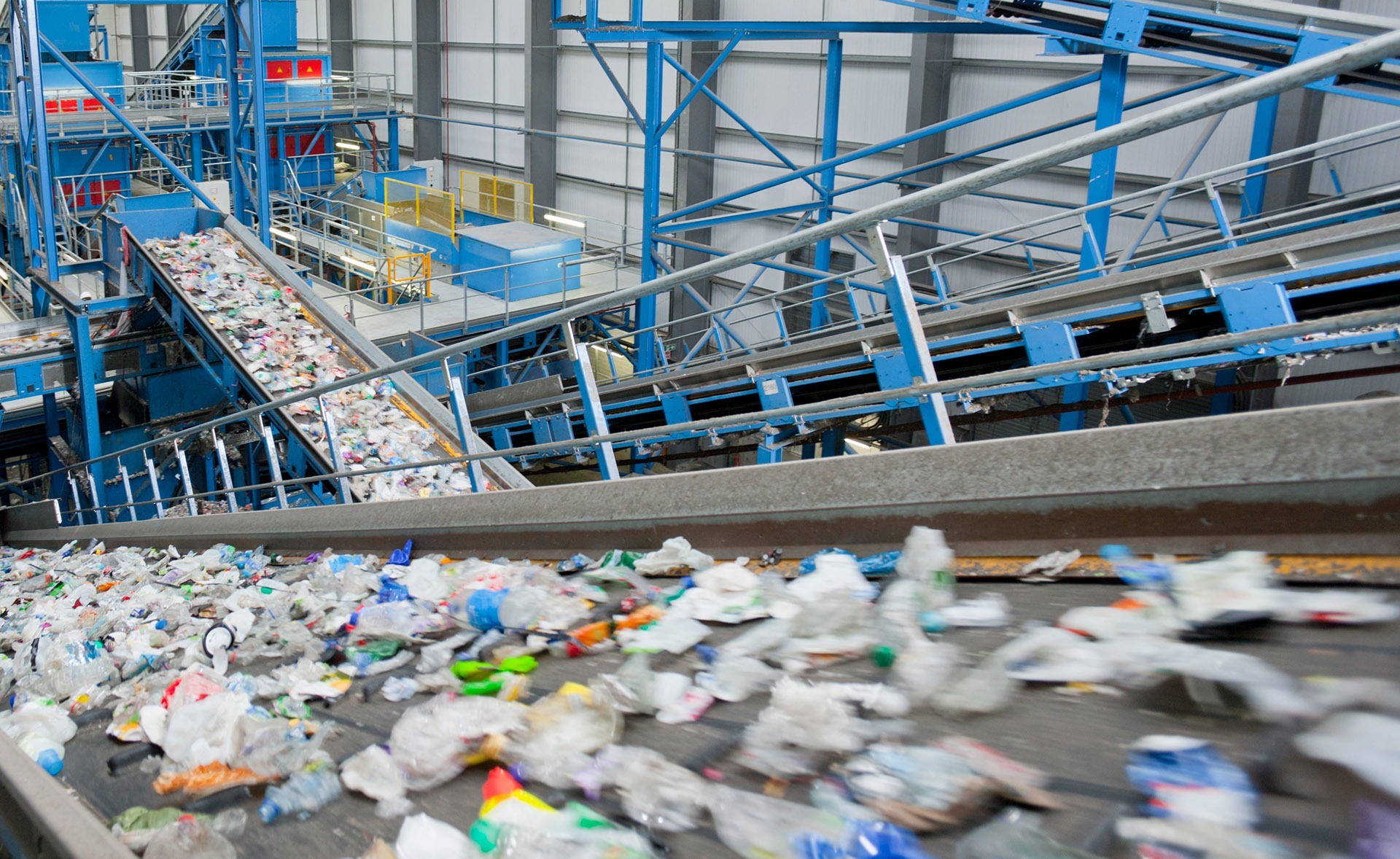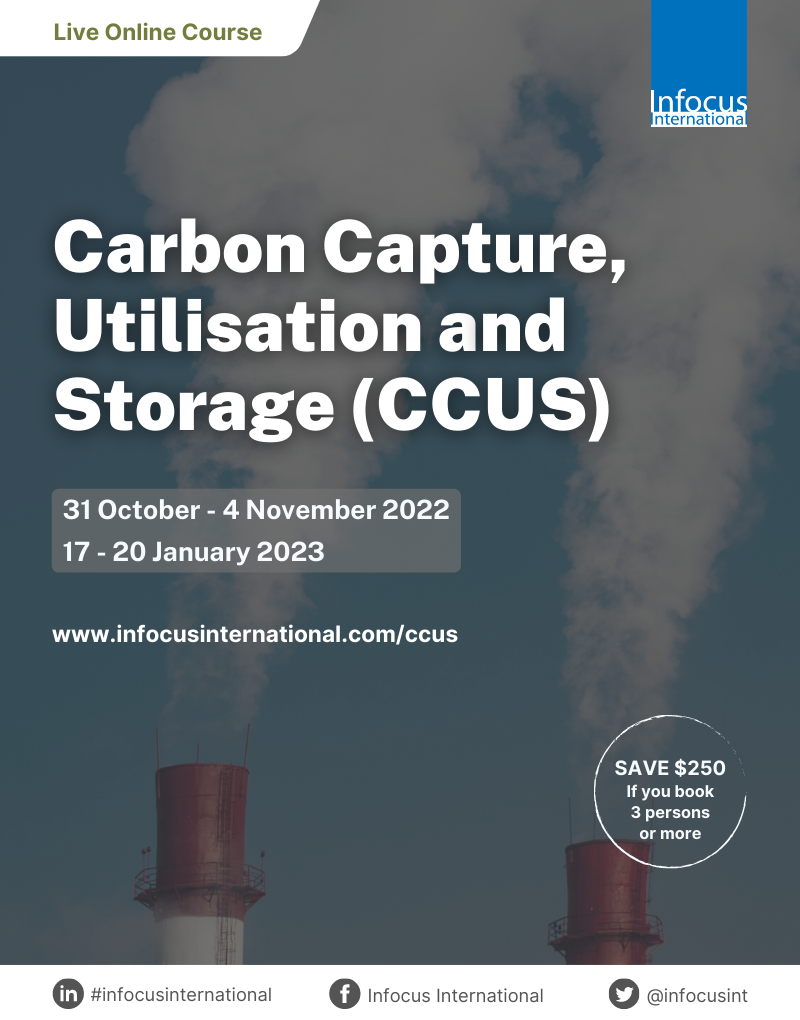Uganda, with support from the African Development Bank (AfDB) has launched the country’s road map aimed at embedding the circular economy concept into her Vision 2040.
Hanitriniaina Andrianalizaha, AfDB’s media relations officer said in a brief statement that the initiative will support Uganda to tap into the benefits of “circularity.”
“The initiative,” she said, “implemented jointly with the African Circular Economy Alliance (ACEA), through the AfDB’s Africa Circular Economy Facility (ACEF), will engage government policymakers, businesses and civil society organizations in efforts to tap the full potential of circularity to accelerate progress towards sustainable development goals and climate action.”
Dr Joshua Mutambi, the Commissioner for Micro, Small & Medium Scale Enterprises (MSMEs) in Uganda’s Ministry of Trade, Industry & Cooperatives, which is leading the development of the roadmap, said: “Uganda, being at the initial stage of its industrialization, is privileged to pursue the path toward sustainable transition that enables us to avoid the consequences of resource inefficient industrialization.”
Dr. Mutambi, the Ugandan Government lead on to the road map, is a mechanical engineer and an expert in machines, industrialization planning, innovation and holds a PhD from the Blekinge Institute of Technology, Sweden and a MSc in machine manufacturing automation from the Shanghai University, China.
Dr. Anthony Nyong, AfDB’s Director for Climate Change and Green Growth, explained that, “Circular economy roadmaps are policy enablers to direct investments in efficient use of Africa’s natural assets, generating dividends for nature and the people.”
The Bank is supporting implementation of Uganda’s Green Growth Development strategy to deliver inclusive socio-economic development and growth, including job creation while protecting the country’s natural capital and addressing climate change.
Circular economy policy support is one of the pillars of the African Circular Economy Alliance (ACEA), an initiative by African countries to spearhead circular practices in economic development in line with the African Union Circular Economy Action Plan. The ACEA secretariat is hosted by the AfDB within its Climate Change and Green Growth Department.
The idea of introducing circularity to African economies according to the ACEA, it was initiated to “address that challenge observed in global resource extraction and the rapid pace of consumption growth which are incompatible with internationally agreed sustainability targets. It is therefore an initiative to ensure that resources extraction is sustainable, that today’s generation extracts the resources, maximizes value derived from them, reduces loss and wastage, and they are spared for future generations.”
.
So, what is a circular economy?
A circular economy is an economic concept founded on the philosophy of minimizing waste and maximizing use – to get the most out of resources and materials. As an economic system, the circular economy is designed and backed by the principles of designing out waste and pollution, keeping products and materials in use, and regenerating natural systems. In a circular economy, products are designed to be reused, repaired, remanufactured, and recycled, rather than disposed of, after single use.
Raymond Jjuuko, 80, a retired banker and a resident of Ntinda, Kampala who this Magazine sounded out to provide a perspective from 50 years ago, told us, “I think I understand that concept. When we were growing up, everything was made to last; nothing went to waste, everything was optimally used. We mended our clothes and shoes, repaired our watches – generally everything was designed and worked for long. These days I see everything is used once, quickly gets damaged and it’s thrown away. I think that is wasteful.”
In Uganda, opportunities in circularity are observable in some of the commonest industries including – the food industry (processes, infrastructure used in feeding people), packaging (at all levels from personal shopping to industrial packaging), electronics (gadgets like TVs, printers, computers, phones, cables, etc), fashion and textiles, and the built environment (housing, shelter, office spaces, industrial spaces, etc).
Because of the new thinking around circularity, recycling of these elements is beginning to take root in Uganda. This can be seen in the areas of recycling steel and iron, plastics, paper, among others.
Coca-Cola Beverages Uganda (CCBU) has launched an initiative, Plastic Recycling Industries, through which it aims to reduce plastic waste in the environment. Plastic is the main material that its products are packaged.
Through initiatives like this, Coca Cola has now set targets of making 25 per cent of their packaging reusable by 2030 and collecting for recycling the equivalent of 100 per cent of packaging sold, and creating packaging that is at least 50 per cent recycled material by 2030.
Circular initiatives like these will remove substantial amounts of plastic from the environment.
Uganda’s circular economy roadmap process therefore aligns with the AfDB’s Uganda Country Strategy Paper 2022-2026, in which the bank promises to contribute to creating higher value-added jobs and reducing poverty in the country. The process also advances the Bank’s Climate Change and Green Growth Action Plan (2021-2025).
History of the circular economy concept
Circularity is in fact not new to humanity. It is in nature. Natural ecosystems are naturally circular. One by-product from one natural process normally has use and is up taken by another process. For example, animals breathe in oxygen which plants emit. Animals excrete (breath out) carbon dioxide which plants consume for their own biological processes.
It is this principle that the 1960s economists like Kenneth Boulding, who advocated for an economic system that mimics natural ecosystems, where waste from one process becomes a resource for another. Systems thinking, which emerged in the 1950s and 1960s, influenced the development of circular economy principles by emphasizing the interconnectedness of various components within a system.
In more recent times, the concept has been popularized by thought leaders and organizations advocating for sustainability and environmental conservation such as the Ellen MacArthur Foundation, which has played a significant role in promoting and shaping the concept of a circular economy through research, education, and collaboration with businesses and policymakers.
The European Union has also been a key proponent of the circular economy concept, particularly through its policy initiatives and directives aimed at promoting resource efficiency, waste reduction, and sustainable consumption and production practices.
Benefits of the circular economy
In the infrastructure development sector, a circular economy approach would accrue several benefits:
- Resource efficiency: Infrastructure projects consume huge amounts of materials like concrete, steel, and asphalt. A circular economy approach would make their use more efficient through designing structures that can be dis-assembled, reused, and recyclable at the end of their life cycles.
- Savings: Circularity leads to cost savings, over time. By reusing materials or components, companies reduce demand for raw material extraction and manufacturing, which can be expensive processes. Recycling materials is cheaper than sourcing new ones.
- Environment: The infrastructure sector has big environmental impacts – in resource extraction, construction, and demolition. The circular economy model would significantly reduce the industry’s carbon footprint, decrease energy consumption, minimize generation of waste, the sum total of which is mitigating harm to the environment.
- Resilience and sustainability: Circular infrastructure is more resilient and sustainable than linear infrastructure. By keeping resources in use for as long as possible and minimizing waste, circular systems contribute to a more sustainable and resilient built environment, better able to withstand the challenges of climate change and resource scarcity.
- Innovation and job creation: Embracing circular economy principles in infrastructure development encourages innovation in materials, design, and construction methods. This innovation can lead to the creation of new businesses and job opportunities in areas such as material recycling, remanufacturing, and sustainable construction.
Bellwethers in the circular economy
A few countries – especially in the Schengen area- are leaders and torch bearers in adopting the circular economy concept. Some examples, include:
- Netherlands has implemented various policies and initiatives to promote circularity across different sectors, including construction, agriculture, and manufacturing. The Dutch government has set ambitious targets for circularity and supports numerous research and innovation projects in this area.
- Sweden has developed a comprehensive waste management system with high rates of recycling and waste-to-energy facilities. Sweden also promotes circularity through policies, such as extended producer responsibility and tax incentives for repair services.
- Finland has made significant investments in circular economy research, innovation, and education. It has a strong commitment to sustainability and has launched initiatives to promote circular business models and eco-friendly technologies. Finland’s Circular economy Roadmap outlines strategic actions to transition towards a circular economy by 2035.
- Denmark has been proactive in promoting circular economy principles, particularly in sectors like food and agriculture, where initiatives focus on reducing food waste and promoting sustainable farming practices. The Danish government also supports circular innovation through funding programs and partnerships with industry stakeholders.
- Japan has a long history of resource conservation and recycling. The country has implemented advanced waste management systems and promotes industrial symbiosis, where one company’s waste becomes another’s raw material. Japan’s expertise in technology and innovation has also contributed to advancements in circular economy practices.
The Infrastructure Magazine: Depth, Context, Insight, Perspective. Is there any issue that you need to shed light to? Get in touch with our partnerships team: infrastructure.magazine.ug@gmail.com or WhatsApp: +256 752 665 775













